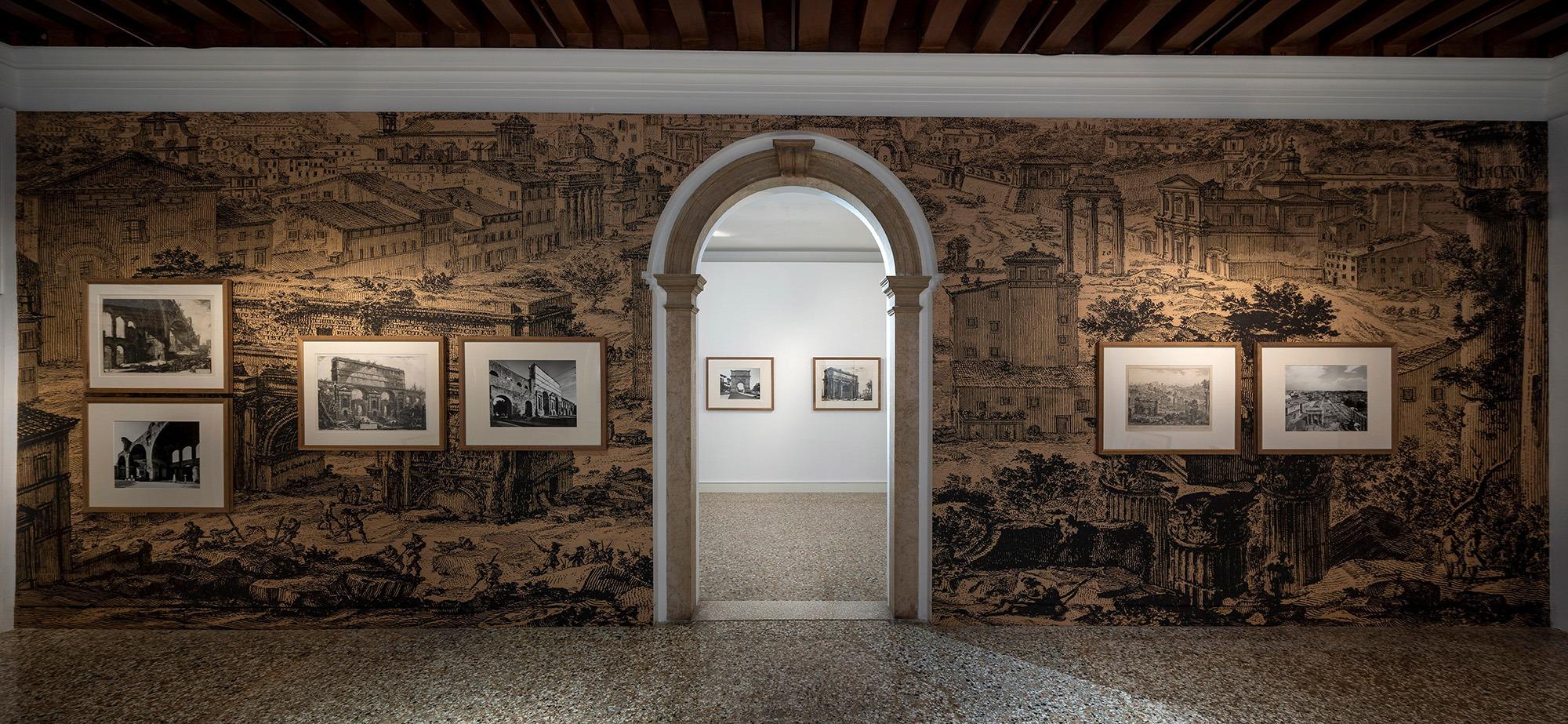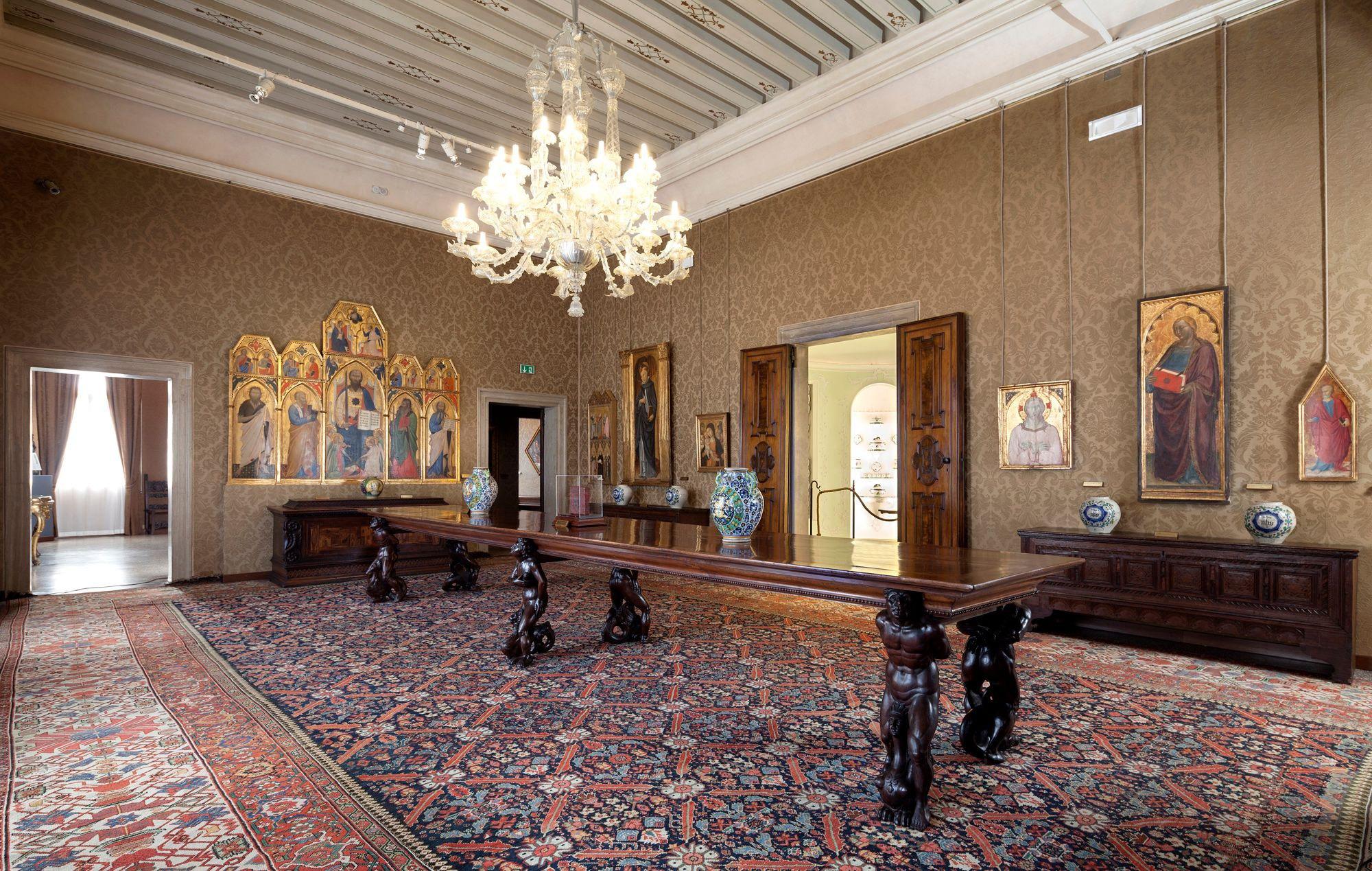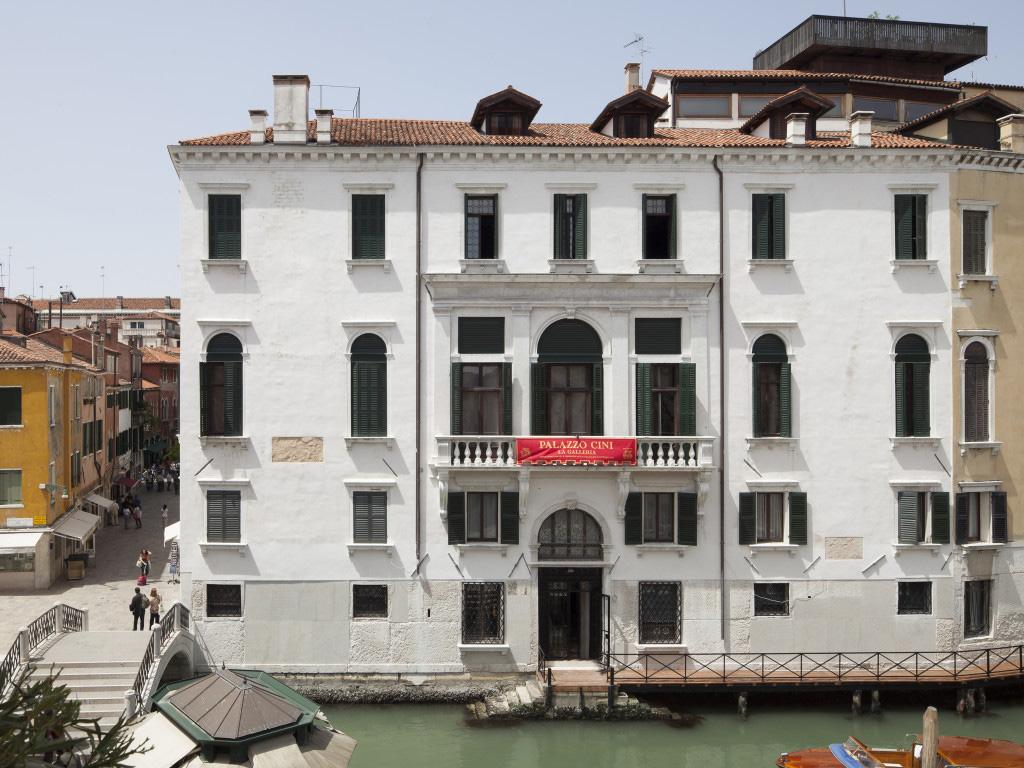Purchased in 1919 by Vittorio Cini, a famous collector and entrepreneur of the last century, the Venetian building that today bears his name has, since 1984, house the Palazzo Cini Gallery. Exhibitions and cultural events are organized here, and it is where the precious gifts from the family of the patron of the arts are kept. Standouts include the collections of paintings, porcelains, furnishings and pieces of decorative art, demonstrating the collector’s transversal interests. Several masterpieces linked to the geographical area where Vittorio Cini was born are preserved in the Sala dei Ferraresi. They were made by, among others, Dosso Dossi, Tura and Mazzolino.
Address: Campo San Vio, Dorsoduro 864, Venice
Palazzo Cini: a treasure trove of art, exhibitions and cultural events
Purchased in 1919 by Vittorio Cini, a famous collector and entrepreneur of the last century, the Venetian building that today bears his name has, since 1984, house the Palazzo Cini Gallery. Exhibitions and cultural events are organized here, and it is where the precious gifts from the family of the patron of the arts are kept. Standouts include the collections of paintings, porcelains, furnishings and pieces of decorative art, demonstrating the collector’s transversal interests. Several masterpieces linked to the geographical area where Vittorio Cini was born are preserved in the Sala dei Ferraresi. They were made by, among others, Dosso Dossi, Tura and Mazzolino.
Vittorio Cini (1885 – 1977), an entrepreneur, philanthropist and politician originally from Ferrara, played a decisive role in the enhancement of his adopted city, Venice, and all of Italy. After having completed reclamation works, laid the foundations for the construction of the port of Marghera and taken over the management of Ilva, in 1943 he left his position as Minister of Communications due to a profound disagreement with Mussolini. Captured by the Germans, he was interned in Dachau, which his son, Giorgio, managed to help him escape from by bribing the SS with the money he made by selling the jewels of his mother, the great actress Lyda Borelli.
When Giorgio died in a plane crash in 1949, Vittorio retired from politics and business to dedicate himself exclusively to philanthropy. He obtained a concession from the state for the island of San Giorgio, where, in memory of his son, he created the Fondazione Giorgio Cini: a private body that still carries out artistic and cultural research projects today. Upon the patron’s death, his immense art collection was inherited by his daughters Yana, Ylda and Mynna. It was the third child, Yana Cini Alliata of Montereale, who chose to donate a considerable part of the collection to the Fondazione in 1981, thus laying the foundations for the establishment of a public gallery that celebrated her father’s taste, vision and spirit. The Palazzo Cini Gallery, conceived in 1984 as a historic house museum, today houses a precious nucleus from the antique art collection of Vittorio Cini, counted as one of the most famous collectors in Italy of the twentieth century. The Gallery is spread out over two floors. The first preserves the original layout of the residence; the second hosts cultural initiatives and events.
The art collection housed in the Palazzo Cini Gallery includes important sculptures and art objects. Tuscan paintings dating from the 13th to the 16th century, with masterpieces by Filippo Lippi, Botticelli, Beato Angelico and Pontormo; a group of Gothic ivories, Renaissance enamels on copper and the Cozzi porcelain service, kept in the neo-Rococo living room designed by Tomaso Buzzi. In 1989, the collection of Ferrara Renaissance paintings donated by Ylda Cini Guglielmi di Vulci was added to the original nucleus. From this notable component it is important to highlight the works of art by Cosmè Tura, Ercole de’ Roberti, Marco Zoppo, Ludovico Mazzolino, Baldassarre d'Este and Lorenzo Costa. The panel with an allegorical scene by Dosso Dossi deserves a mention in its own right, originally having been part of the ceiling of Alfonso I d'Este’s bedroom in the Estense Castle in Ferrara.









